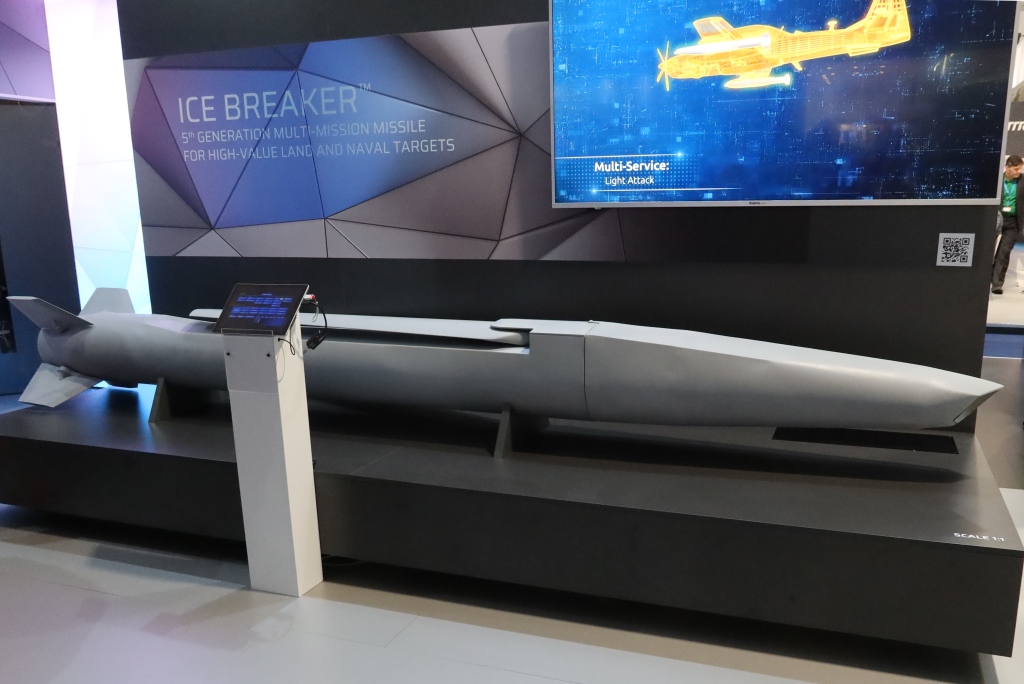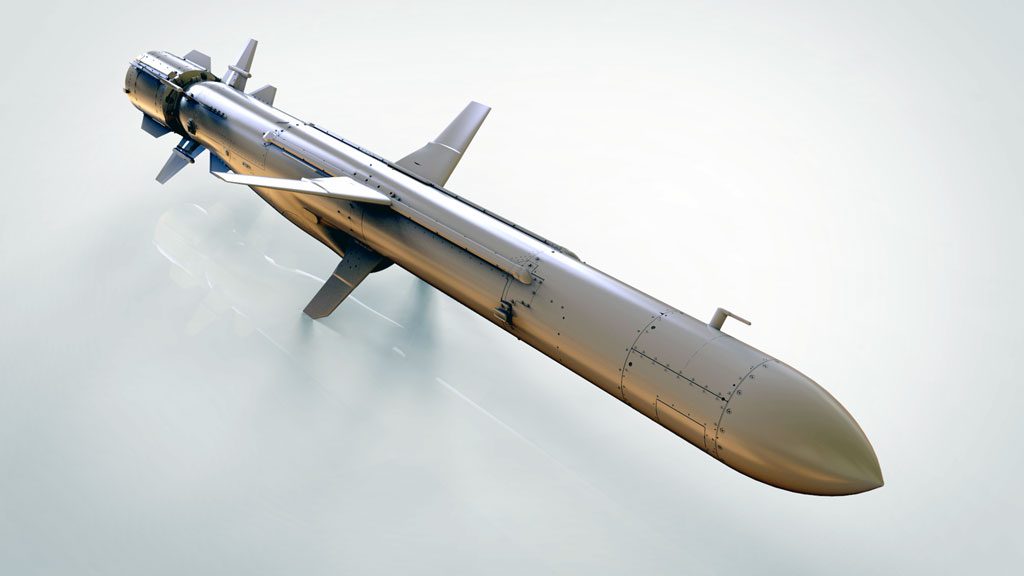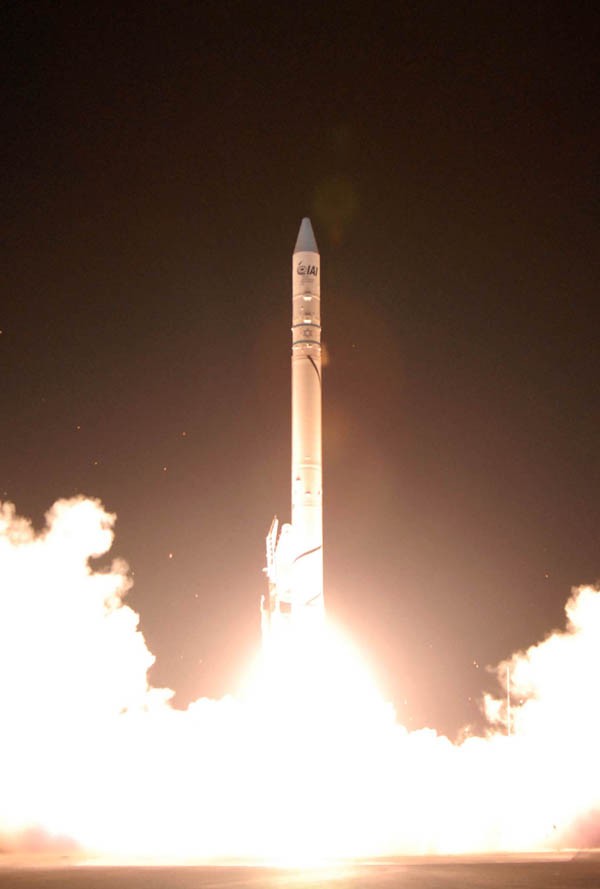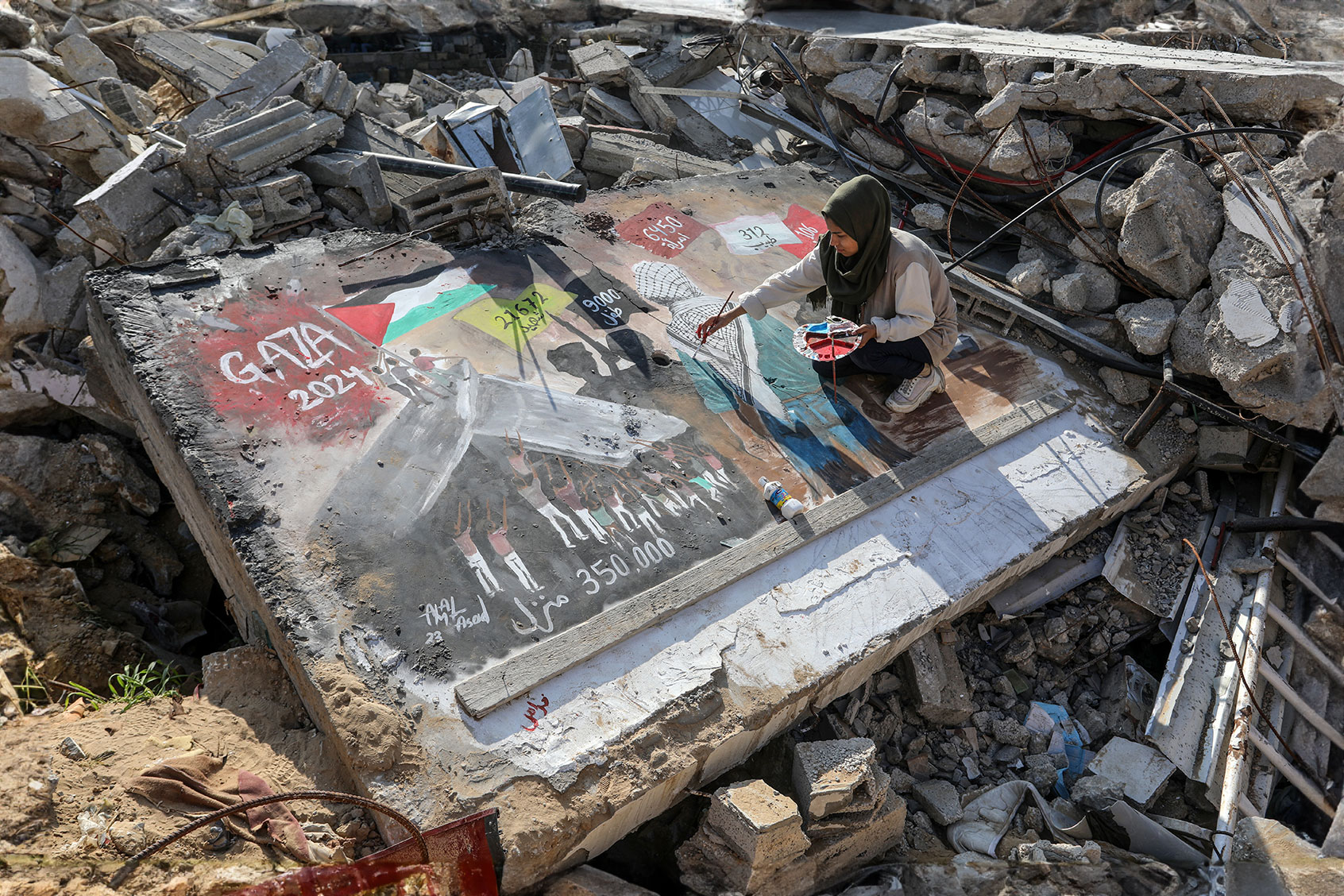Israel's Attack Options In Iran
It is pointless to try to assume what specific approach Israel will take when attacking Iran. It has not only a multitude of available known options, but it has the 'secret' factor - weapons and systems developed internally and not known to the public.
It does, however, have certain industrial capabilities we know about that may contribute to getting a better understanding of what some of the attack options Israel might have. Israel is believed to be operating to some extent many of the items it currently offers for export but which it has never acknowledged using itself.
MALE Drones
As a long time developer, manufacturer, and user of drones, Israel has developed and filled many niches. It has several squadrons of MALE drones of varying sizes. These are not typically considered expendable. However if a mission is deemed risky even for manned aircraft, it seems inevitable that drones will be used to boost capacity to some extent. These can include onboard armament, or acting as decoys.
IAF's strategic drone is the IAI Eitan, otherwise marketed as the Heron TP. Its long endurance of 30 hours and payload of 2,700kg allow it to carry certain armament including cruise missiles, decoys, and others.
Their persistence allows them to also utilize various pods to collect intelligence or continuously jam adversary communications and data collection systems throughout the operation.
They may also be used in their own attack waves to hit less hardened targets deeper in Iran.
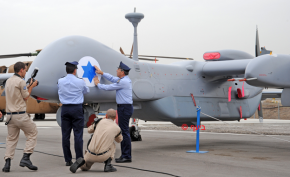
Drones like Hermes 450 are comparatively more expendable and may be used as a form of exquisite decoys, and carry light payloads of their own.
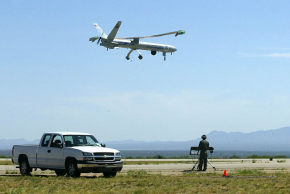 Loitering Drones
Loitering Drones
Israel is also thought to be in possession of loitering munitions and drones of varying sizes - from tactical man-held, to strategic long range ones.
Perhaps the most valuable known ones are the Harpy and Harop drones.
Developed by IAI over decades (and with several generations), the Harop and Harpy are loitering munitions capable of a wide set of missions, designed for a long loitering time, and with robust communications.
Harpy is the original, and is equipped with an RF seeker capable of targeting a very wide range of radars and other high frequency emitters. It is intended primarily for SEAD/DEAD, and is believed to be one of Israel's deterrents against large conventional armed forces.
Harop is a derivative of Harpy that replaces the RF seeker with an EO payload and introduces a man-in-the-loop.
Both variants have evolved over the years, making them relevant to this day.
IAI claims a communication range of 200km, which naturally will be lower in a jammed environment. Regardless, it will need some form of communications relay. This can be done by jumping between manned aircraft flying toward Iran, or more realistically - using some form of MALE drone.
The Harpy/Harop have a flight ceiling of 15k ft, which allows them to avoid civilians picking up their presence at least as they fly out of Israel into the unpopulated deserts of Jordan, Syria, and Iraq, where they can then descend to avoid radar detection.
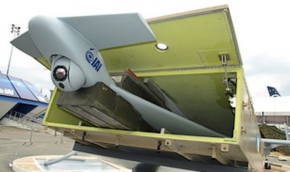 Cruise Missiles
Cruise Missiles
For manned aircraft, as well as some larger MALE drones, there is the option of cruise missiles. However for some reason, all publicly known figures for local cruise missiles indicate a very short range of 200-300km.
Ice Breaker is said to have a 300km range.
The Gabriel 5 missile is said to have a 290km range.
And Delilah is said to have a 250km range.
Overall these are not very useful munitions in terms of raw performance. Fuel conservation is key to this operation if manned aircraft are to be used.
What could the IAF do, then? One possibility is to simply attach another stage to each missile. One that can sustain flight for several hundred kilometers on top of what's afforded by the missile's own fuel.
However, even in this form, and especially as they lack meaningful penetration capability, they may be useful particularly for some softer targets on the western and southern parts of Iran. For example sensitive sites/installations, bases, and other high value targets.
Ballistic Missiles
Israel is known to have multiple types of ballistic missiles named Jericho. They possess commonality with the Shavit satellite launcher shown below.
Yet Israel is assumed to have only a small number of these. Ballistic missiles are expensive, they require infrastructure that is fairly easily noticeable, and Israel's status as a nuclear state means such launch could easily be interpreted as launching a nuclear weapon.
The reasons why ballistic missiles are often raised in such discussions are that they have a long range, and second that they have incredible penetration capability due to their sheer kinetic energy on impact.
Air Launched Ballistic Missiles
Rafael is known to have developed, produced, and marketed air launched ballistic missiles to be used to simulate enemy ballistic missiles. These could then be used to test Israel's ballistic missile defenses such as the Arrow system.
Being designed for test purposes does not in any way diminish from their ability to be employed as actual ballistic missiles. Launching them from aircraft allows them to be less detectable, have a smaller form factor, and be cheaper.
Rafael now markets the ROCKS. It is thought to be based in part on the Black Sparrow target ALBM as it is single-stage. Other products like Silver and Blue Sparrow have 2 stages and subsequently longer range and larger payloads.
Rafael does not publish any statistics on the ROCKS except for a CEP of 3 meters, and claims it has deep penetration capability.
There is no information on other ALBMs the IDF uses, but it is possible they employ the larger variants as well.
Glide Bombs
Israel has a wide range of glide and non-powered bombs. This category includes bunker busters which due to their characteristics and the nature of their mission - do not really enjoy the benefits of gliding.
On the lower end of the scale, Israel has several variants of SDB and SPICE 250, the latter having a powered version as well. These can be used to maximize the number of struck locations with modest penetration requirements. A single F-16 can carry 16, and a single F-15 can carry 28, although realistically less due to some constraints like fuel conservation.
On the upper scale, Israeli aircraft can carry bunker busters in the 5,000lbs class. A new variant hinted at being available to Israel is the GBU-72.
These however require the attacker to pretty much fly above the target, at dangerous altitude.
If Israel chooses to make a limited strike in Iran that doesn't involve complete DEAD, then it may skip the fortified targets for now, instead possibly damaging entrances and ventilation shafts which in turn do not necessarily require heavy munitions.
Cyber and Sabotage
Little can be said about concrete cyber and sabotage capabilities but it has been demonstrated in the past that Israel is capable of deploying far reaching cyber operations in Iran. Sabotage missions are scarcely talked about and for good reason.
Such operations, be it cyber or physical sabotage - take years to develop from concept phase to deployability.
A cyber operation could, for example, shut down gas pumps country-wide.
A physical sabotage operation could have components of a critical system corrode much faster than anticipated.
Such operations could also come in the form of triggered actions that can be activated as attacks on their own right, or as an advantage during another attack.
One glaring issue with such operations is that it isn't really known whether or not they're successful until the "money time", so it's best to limit dependency on them as much as possible.




